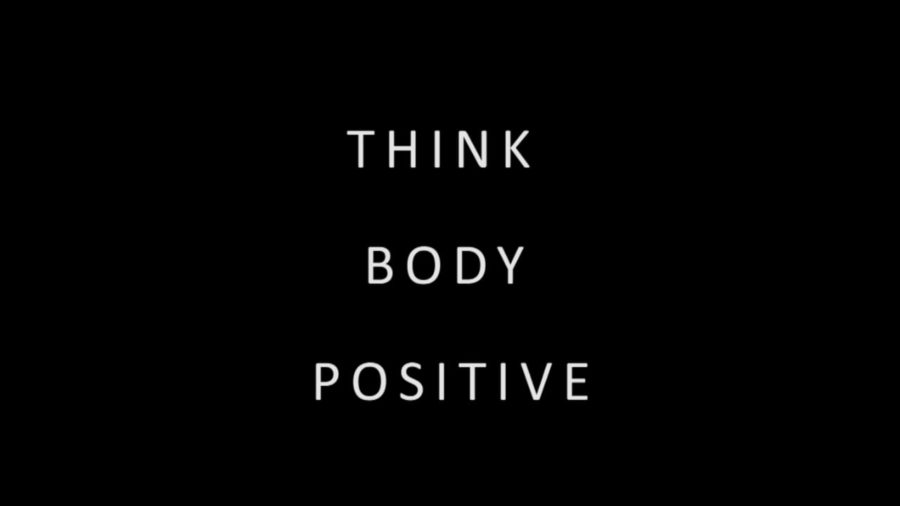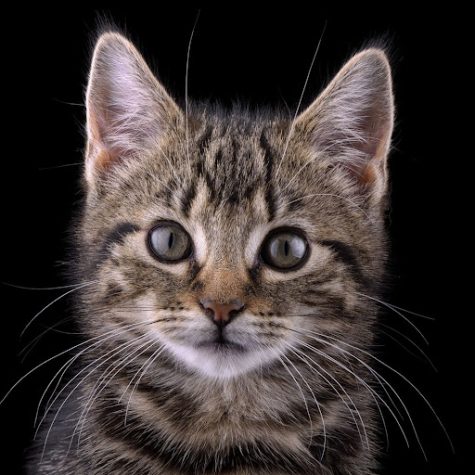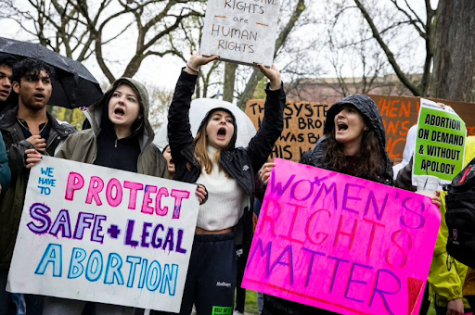Media isn’t keen on body positivity
Photo via Google under Creative Commons license
A surge of body positivity has hit social media platforms such as Twitter and Instagram.
Between the muscular men on the cover of “GQ Magazine” to the skinny models on “Vogue,” there’s no hiding the body standards that society sets for men and women across the world.
Although there are more plus-sized models in the industry, you still can’t deny the fact that society wants tall skinny girls and big muscular men. If society lowers its standards and accepts people for who they are, we can lower the percentages of mental health issues and eating disorders.
One of the biggest modeling agencies is Victoria Secret, which is full of praise for tall skinny models. In order to be a model for them, you have to be 5 feet 8 inches to 6 feet and a size two. If you don’t meet these requirements, you don’t have a chance to be a model for them, and most other modeling agencies as well.
Little girls and teenagers see these pictures and wish they looked like that. Some girls could start over exercising and eating less. This can develop serious issues like eating disorders which often lead to death or health problems. There have been rumors that Victoria Secret will be releasing a plus sized line of clothes, but nothing has been confirmed yet.
Many people often forget that men also struggle with body image too. Men are pressured to be tall, lean, and muscular. Since 1985, “People Magazine” has been naming a new man ‘The Sexiest Man Alive.’ Boys see this and feel pressured to look that way. Many boys go to the gym often to try to get more muscular like the guys they see on the magazines.
Another popular magazine that has a lot of tall lean men on the covers is “GQ Magazine.” This magazine is for men’s style and fashion news. These images of men can make teenage boys and even older men have mental problems as well. About 15 percent of males deal with anorexia or bulimia while 35 percent of males deal with binge eating disorders.
Social media is another dangerous place to go onto especially for anyone who struggles with their body image. Even just scrolling through and seeing a friend in a bathing suit or at the gym can make someone feel even more insecure.
Cyberbullying is another huge factor into eating disorders and body dysmorphia. Anyone can comment on a picture posted and one mean comment can destroy someone’s confidence and way they view themselves.
Many people on social media make body positivity pages to spread happiness. Society should embrace this trend and praise all body types. Increased positivity would help kids and teens feel better about themselves and lower the rate of eating disorders.
Society’s pressure to look a certain way causes serious harm to some people, mentally and physically. Yes, some people are born skinny and have the genes like these models, but when models on magazines and on social media are only skinny, that becomes a problem.
If magazine companies could put people of all different shapes, sizes, skin color, etc that could reduce the amount of mentally ill teens and the pressure on men and women drastically.












